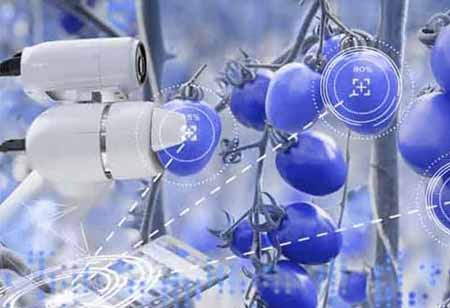Thank you for Subscribing to Agri Business Review Weekly Brief
How Indoor Farming Benefits Urban Farmers?
Indoor farming or indoor gardening refers to growing plants and crops on a large or small scale entirely indoors.

By
Agri Business Review | Thursday, May 05, 2022
Stay ahead of the industry with exclusive feature stories on the top companies, expert insights and the latest news delivered straight to your inbox. Subscribe today.
Indoor farming is popular in areas where it is difficult to find suitable land for farming.
FREMONT, CA: Indoor farming or indoor gardening refers to growing plants and crops on a large or small scale entirely indoors, using hydroponics and artificial light. Artificial light is required to provide nutrients to the plant and promote plant growth.
Fruits, vegetables, and herbs are most commonly grown indoors. Other plants, however, can be grown in the same way. Commercially, indoor farming cultivates fruits and vegetables to supply densely populated areas such as cities. Indoor farming has several advantages, one of which is that it requires less space to grow crops and can be managed by a single person.
Indoor farming typically necessitates a combination of artificial lighting and hydroponic methods. The lighting provides the plant with the similar nutrition content that it would receive if grown outside. Some indoor farming methods make use of both natural and artificial light resources.
What Are the Benefits of Indoor Farming and Why Is It the Future of Farming?
Indoor farming has many advantages, such as controlling the climatic conditions of the farm based on their needs. As a result, crop pest contamination can be controlled. In addition, indoor farming necessitates less water. Due to this, it is an efficient method of crop cultivation. The main advantage is that growers can produce more crops per acre.
Considering all of the benefits of indoor farming, we can say that it is the future of farming. With the world's increasing population, rising water demands, high food demand, and constant changes in climatic conditions, methods such as indoor farming have the potential to meet the world's high demands.





